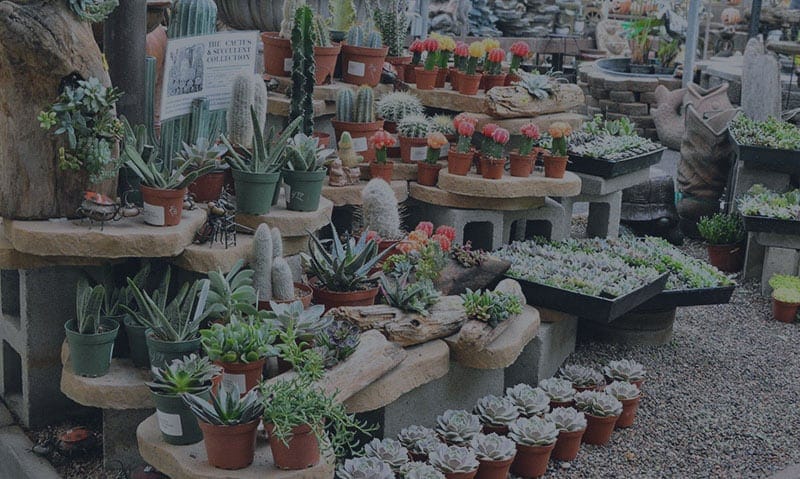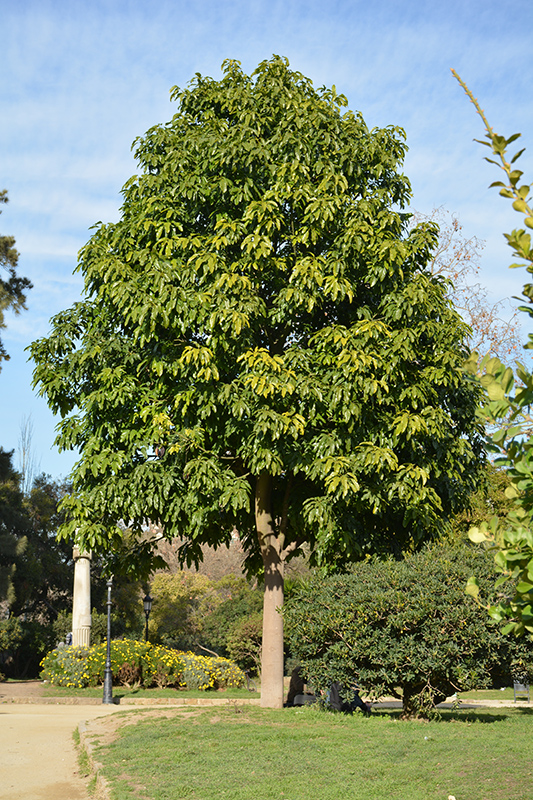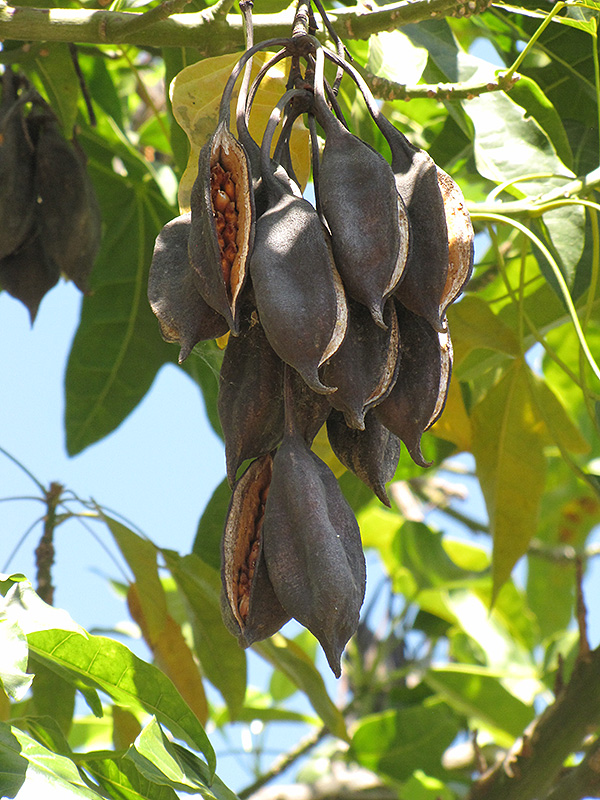Illawarra Flame Tree
Brachychiton acerifolius
Height: 40 feet
Spread: 30 feet
Sunlight:
![]()
Hardiness Zone: 9a
Other Names: Australian Flametree, Flame Bottletree
Description:
This drought tolerant tree is perfect for dry, sandy sites; large foliage is lobed, deep green and glossy, and is shed in the dry season; showy clusters of bright red flowers cover the tree before the leaves in spring; a stunning accent tree when in bloom
Ornamental Features
Illawarra Flame Tree is covered in stunning clusters of scarlet bell-shaped flowers at the ends of the branches from late spring to early summer before the leaves. It has attractive dark green deciduous foliage. The glossy lobed leaves are highly ornamental but do not develop any appreciable fall color. The fruits are showy tan pods displayed from late summer to early fall. The smooth gray bark adds an interesting dimension to the landscape.
Landscape Attributes
Illawarra Flame Tree is a deciduous tree with an upright spreading habit of growth. Its relatively coarse texture can be used to stand it apart from other landscape plants with finer foliage.
This is a relatively low maintenance tree, and should only be pruned after flowering to avoid removing any of the current season's flowers. It is a good choice for attracting bees and butterflies to your yard. It has no significant negative characteristics.
Illawarra Flame Tree is recommended for the following landscape applications;
- Accent
- Shade
Planting & Growing
Illawarra Flame Tree will grow to be about 40 feet tall at maturity, with a spread of 30 feet. It has a low canopy with a typical clearance of 5 feet from the ground, and should not be planted underneath power lines. It grows at a medium rate, and under ideal conditions can be expected to live for 60 years or more.
This tree should only be grown in full sunlight. It prefers dry to average moisture levels with very well-drained soil, and will often die in standing water. It is considered to be drought-tolerant, and thus makes an ideal choice for xeriscaping or the moisture-conserving landscape. It is not particular as to soil pH, but grows best in sandy soils. It is somewhat tolerant of urban pollution. This species is not originally from North America.



